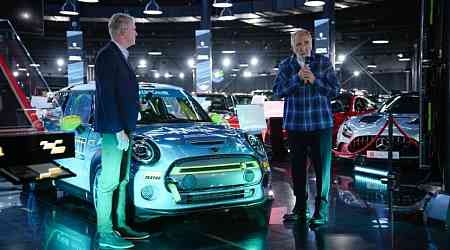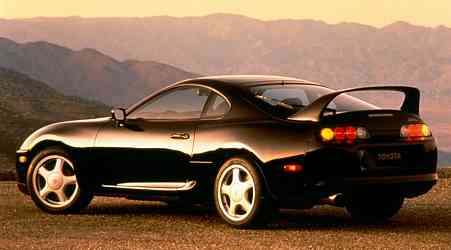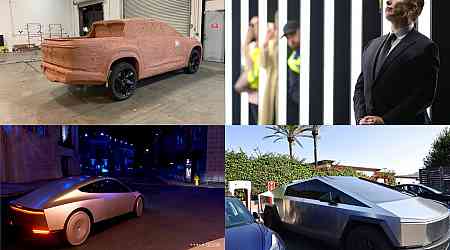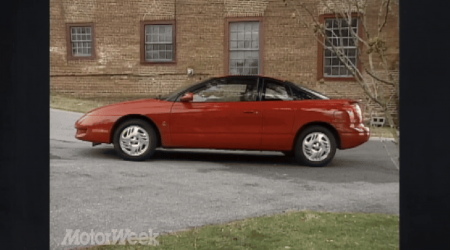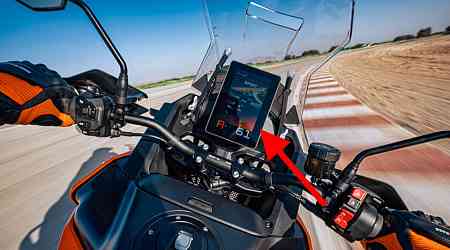Tavares (left) took over as CEO of PSA (Peugeot-Citroën) in 2014Stellantis chief will step down in 2026 after a storied career steering the car world's biggest firms
The guy who did the extraordinary and stitched together 14 disparate car brands into a single company has announced his departure in 2026.
Stellantis is facing its first major financial wobble since it was created in 2021 through the merger of PSA Peugeot-Citroën and FCA Fiat Chrysler but, even so, it’s hard to imagine the company without Carlos Tavares.
The decision to go was his, made “after listening carefully to my wife and my kids”, he told journalists at the Paris motor show on Monday. Now comes the search for the successor to run a company that Tavares himself essentially created.
Ever since the Portuguese executive took over as CEO of PSA Peugeot-Citroën in 2014, Tavares has played an outsize role in the global automotive industry.
This was the executive who made running a global car company look almost easy and he delighted industry watchers by keeping up a running commentary as he applied his own spartan management style to whatever mess he found. “The bad news is there is red ink everywhere. The good news is that it's obvious why,” Tavares said on his first public appearance as CEO of PSA, while sat next to the man ultimately responsible for the financial mess: Philippe Varin.
Tavares worked by cutting costs to expose the underlying profitability. “Treat company money as if your own” was the underlying motto to employees, as heating and air-con dials were turned low or even off throughout the expanding empire.
Tavares was applying lessons absorbed while working at Renault-Nissan as right-hand man to Carlos Ghosn, 'Le Cost Cutter' himself.
His exit from Renault-Nissan was classic Tavares: he made it known publicly he wanted to be CEO. That was either going to result in an internal succession process to take Ghosn’s job or what actually happened: antagonise his boss to the point where he was forced out. But it also advertised Tavares’s ambitions to the world, hedging an otherwise risky bet.
Ghosn and Tavares both had an obsession with cost control but differed in their management approach. “Carlos Tavares prefers to let people compete; Carlos Ghosn had more control,” said one executive who worked with both men. The executive spoke under condition of anonymity.
If Tavares learned his craft under Ghosn, in creating Stellantis he was fulfilling the dream of another industry titan – the former FCA boss Sergio Marchionne. It was Marchionne who warned in his 2015 treatise ‘Confessions of a Capital Junkie’ that car makers had to consolidate to have any hope of controlling spiralling development costs.
In 2017 Tavares moved on Vauxhall-Opel, relieving General Motors of seemingly insurmountable financial problems and then rapidly returning the business to profit. The enlarged PSA was now Europe’s number two car maker.
Emboldened, Tavares then oversaw the merger with FCA that created the 14-brand behemoth and promised combined annual savings of €3.7 billion (£3bn) from building multiple models that shared platforms and even factories.
Today, the results are visible in their purest form in the Jeep Avenger, Alfa Romeo Junior and Fiat 600, three small cars on the same platform built in a former Fiat plant in Tychy, Poland. That all three look so dissimilar is a testament to Tavares’s skill in separating brands.
“Carlos is a product guy in a way that Ghosn wasn’t,” said Andy Palmer, who worked alongside Tavares at Nissan.
The cost-cutting, the synergies and the relentless focus on plant efficiency resulted in big profits: €16.7bn in 2022, rising to €18.6bn in 2023.
But the pressures of balancing the demands of multiple brands and three legacy centres in the US, France and Italy, all while overseeing a legislation-led transition to EVs, has piled the pressure onto Tavares.
The worst hit to his leadership abilities came from the company’s abrupt warning in late September that it would ship 200,000 fewer vehicles than planned in the second half of the year into the North American market, a company cash cow thanks to the Jeep and Ram brands.
This was “self-inflicted”, Bernstein analyst Daniel Roeska said in a note to investors. Tavares blamed the slump in sales on a “poor US marketing plan” for the second quarter. He’s less willing to take the hit for upheaval in Europe, where the company is struggling to sell EVs at a low enough cost to both appeal to the buyer and maintain healthy profit margins for Stellantis. “We have had a very harsh regulation imposed on us. The mess has not been created by the car makers, at least not by Stellantis,” Tavares said at Paris.
His solution was to enact what some are describing as the “night of the long knives”, which resulted in the departure of the US head, the company CFO and the head of the European region. Some are not convinced that’s enough. “We expect investors to strongly question how the abrupt leadership changes will translate into tangible steps to put the company back on track,” Roeska said.
Who will take over? From the outside, Renault Group CEO and rival turnaround king Luca de Meo is top of the pile of potentials, although someone like José Munoz, the global president and chief operating officer of Hyundai Motor, would deflect some of the criticism that the Stellantis power base is too focused on France.
From within, the newly promoted Jean-Philippe Imparato, the former Alfa Romeo CEO who becomes the new head of Europe, is a strong candidate, as is Maxime Picat, a former European head who’s now the company lead on purchasing and supply chain.
In the meantime, Tavares, a keen racer, faces his toughest test yet: guide Stellantis back onto the Tarmac fast enough to stay at the wheel until 2026 and ensure his well-deserved retirement trophy isn’t dinged too badly.
























